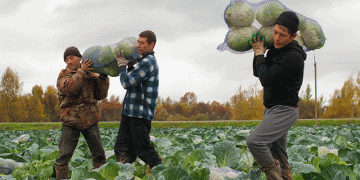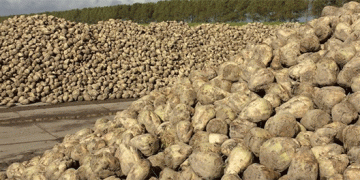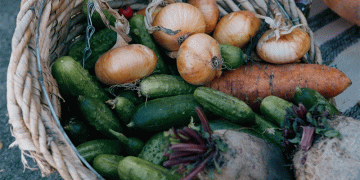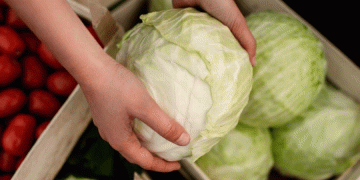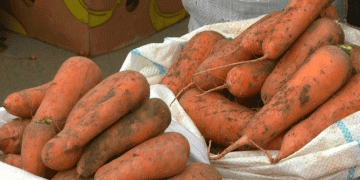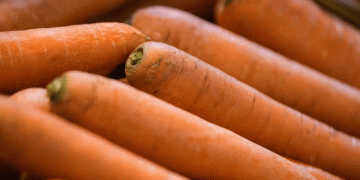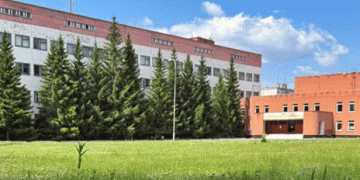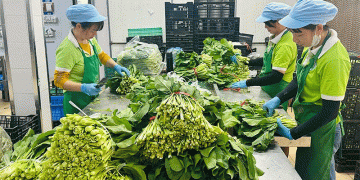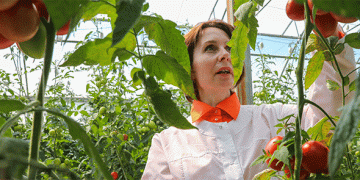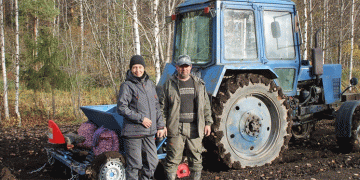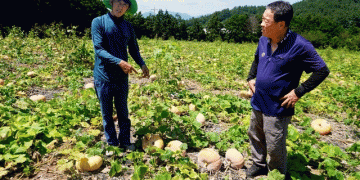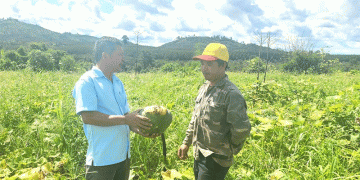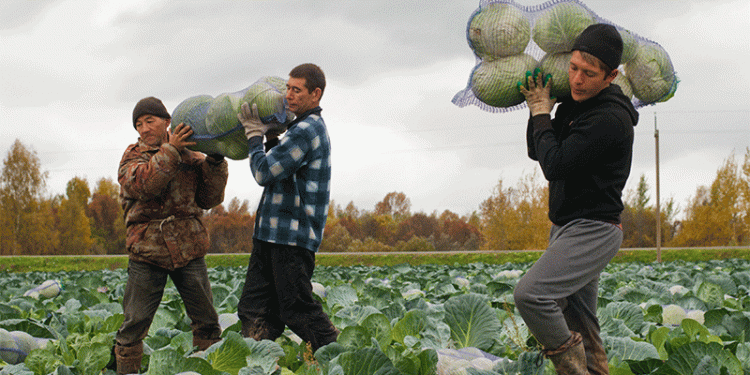The first results of the 2024 harvest season in Ivanovo Oblast are in, showcasing a clear agricultural profile centered on robust production of staple vegetables. According to the regional government, farmers have already gathered 4.8 thousand tons of potatoes and open-ground vegetables. This total is comprised of 4.1 thousand tons of potatoes and 701.5 tons of vegetable crops, with a dominant focus on cabbage, which accounts for 608.5 tons of the vegetable harvest. The remaining volumes include 86 tons of beetroot and 7 tons of other produce.
The geography of the harvest is concentrated, indicating zones of agricultural specialization. Vegetable harvesting is focused in three districts: Kineshemsky, Privolzhsky, and Teykovsky. Potato digging, however, spans five districts, including Komsomolsky, Rodnikovsky, and Savinsky. This concentration allows for efficient logistics and shared resources. Leading the production are standout operations like the farm of Nadezhda Voloshchuk in the Privolzhsky district, which harvested 320 tons of vegetables, and the Teykovsky enterprises “Niva” and “Orion,” which yielded the largest potato volumes.
The Role of Targeted State Support
A critical enabler of this production is targeted state aid. The regional government has allocated 7.2 million rubles in support for local farmers, with 6.5 million rubles already disbursed to producers. This funding is strategically directed towards the development of vegetable and potato farming, sectors crucial for regional food security. This aligns with a broader national trend. A 2023 analysis by the Russian Ministry of Agriculture highlighted that targeted subsidies for specific commodity sectors are more effective at increasing local production yields than broad, untargeted payments, especially in non-black earth regions like Ivanovo.
While not a large-scale agricultural producer, Ivanovo Oblast demonstrates an effective model of focused, regional specialization. By concentrating efforts on high-demand, storabile crops like potatoes and cabbage, and supporting producers with targeted financial mechanisms, the region strengthens its own food security and creates a sustainable niche. The success of leading farms provides a blueprint for others, suggesting that future growth lies in continued specialization and efficiency gains rather than mere area expansion.
